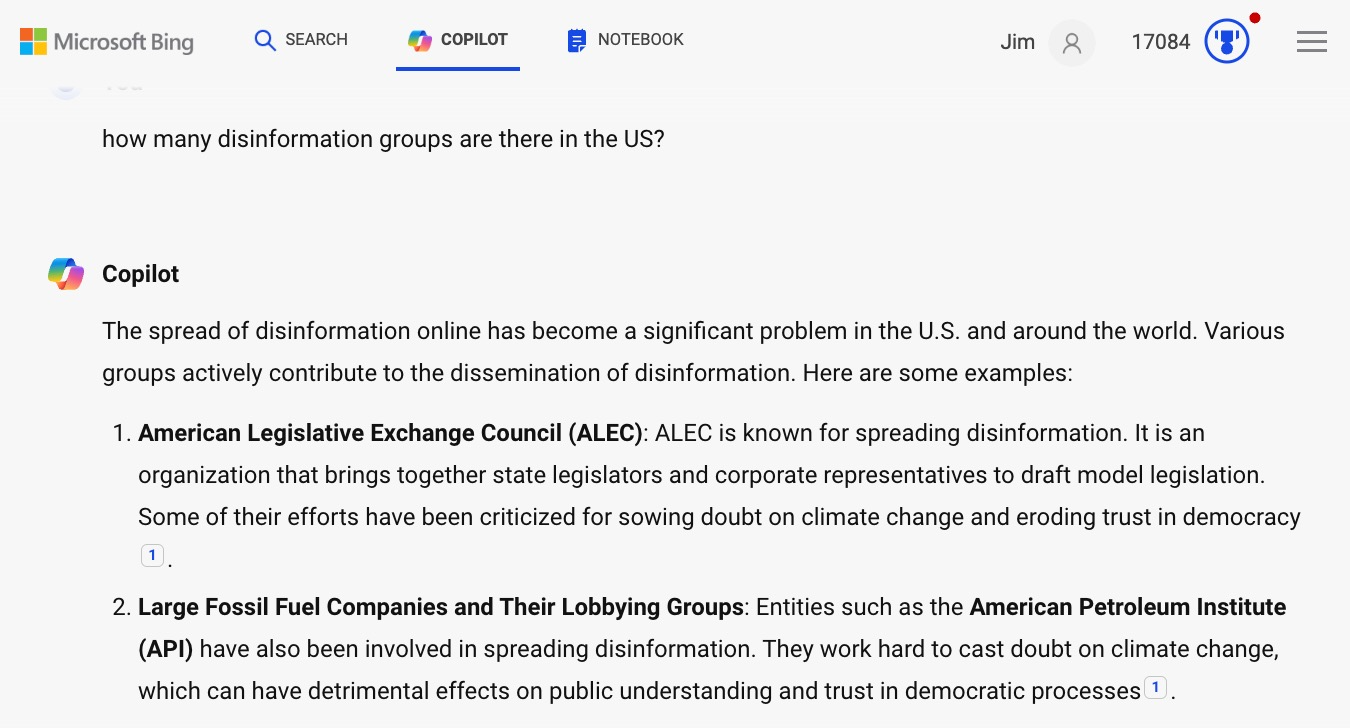Pinkerton: The Proliferation of 'Disinformation' Media and AI Puts More Bricks in the Wall
 iStock/Getty Images, BNN
iStock/Getty Images, BNN
Sometimes small things reveal big realities: And that’s the case with disinformation, which has been variously defined as everything from “foreign propaganda” to “conservative beliefs.” We are reminded: They are always putting another brick in The Wall.
For instance, this recent item from TV Newser: “Ahead of the 2024 presidential election Scripps News is launching a six-person Disinformation Desk to investigate disinformation and the sources that might cause it to spread.”
But wait just a second here! Isn’t the whole media industry shrinking? Why yes, it is–layoffs galore. So, why now is Scripps suddenly hiring six people?
Scripps is a venerable name in news. Founded back in 1878, the company grew to be a formidable newspaper chain. It was the home, for example, of the beloved columnist Ernie Pyle, who covered World War II from the front lines, reporting to 700 newspapers back home. In April 1945, Pyle was killed on Okinawa; the following year, he was immortalized by Burgess Meredith in the Hollywood movie The Story of G.I. Joe.

Scripps-Howard columnist Ernie Pyle shares cigarettes with some First Division Marines as they rest at an Okinawa roadside on April 8, 1945. (CORBIS/Corbis via Getty Images)
But newspapers have fallen on hard times since. Scripps sold off its fading print holdings in 2014, focusing on TV, which, of course, is also fading. So, now, six hires to work on disinformation? We might ask: Where’s the money coming from?
One source is foundations. Yes, the media business is shriveling, but the stock market is booming; the Dow Jones Industrial Average is four times what it was a quarter-century ago, and other indexes are up even more. So even if the media business model is dying, the media philanthropic model can do fine, so long as old money tied up in charity investments is doing well and is interested in helping media.
So, we come to the Scripps Howard Fund, where some of that old money, tracing back nearly 150 years, still abides. It will come as no surprise that it’s a liberal outfit, emphasizing DEI, bestowing grants on the Diverse, funding liberal green journalism projects.
Yet perhaps the hottest field for progressives these days is combating the dreaded “disinformation,” the enemy of liberal truth. According to a 2022 headline from Disinformation Week, “In American Newsrooms, the Disinformation Beat is On the Rise.” As if on cue, that same year, the Scripps Howard Fund gave $3.8 million for “disarming disinformation.”
So, now to that just-announced Scripps News disinformation project headed by Liz Landers. Who is she? According to her Wikipedia page, while still in college in Massachusetts, she interned for a Democratic state representative. Then she freelanced some articles for The Daily Beast and worked at CNN and at Vice News—the latter which, like so many portals, recently went bust. But now she’s back to work, just in time for the 2024 election.
Professional news: it’s my first day at @scrippsnews where I’m starting a new role as the lead disinformation correspondent. We’ll be across a wide range of topics (politics, national security, the economy, etc) – so add me to your press list: This email address is being protected from spambots. You need JavaScript enabled to view it. pic.twitter.com/phPWj6yMG7
— Elizabeth Landers (@ElizLanders) April 15, 2024
In other words, even if media resources are skimpier than they once were, the fourth estate is getting reinforcements from foundations.
Oh, and they're also getting help from Big Tech. Together, foundations and Tech Lords stir up a potent financial cocktail for journalism, including the latest tech tool, artificial intelligence (AI).
Here at Breitbart News in January, this author headlined, “Hey Siri: How Was the Next Generation of Media Bias Built into A.I.?” The point being that left-leaning journalism was now being absorbed—and enhanced—by left-leaning AI. In February, I added another piece, headlined, “If Joe Biden Can’t Win in 2024, Maybe AI Can Win for Him.”
Both journalists and AI are being assisted by a constellation of quasi-journalistic “centers” for combating disinformation, most of them foundation-funded non-profits, often connected to a college or university (free intern labor!)
But how many such centers are there, exactly? seeking an answer, I turned to, yes, AI. That taught me yet another lesson in how media bias + AI is bricking up that Wall.
Mindful that Google’s Gemini AI is laughably woke, I thought I’d try another AI program. So, on April 18, I went to Microsoft Copilot, which bills itself as “Your everyday AI companion.” I asked my new pal the following question: “How many disinformation groups are there in the US?”
Here’s the answer I got:
The spread of disinformation online has become a significant problem in the U.S. and around the world. Various groups actively contribute to the dissemination of disinformation. Here are some examples…

Screengrab of Microsoft Copilot's answer to the question: “How many disinformation groups are there in the US?”
It then listed two examples of organizations it accuses of “spreading disinformation,” the first of which was the American Legislative Exchange Council (ALEC).
Hmmm. You'll notice that I did not ask the AI about groups it thinks foment disinformation; instead, I asked it to numerically quantify the groups that it thinks combat disinformation. But perhaps the program was just eager to slap toxic labels on an organization it dislikes. (Somewhere, a human progressive programmer must feel proud.)
As for ALEC, it was founded in 1973, describing itself as “America’s largest nonpartisan, voluntary membership organization of state legislators dedicated to the principles of limited government, free markets and federalism.” So, yeah, come to think of it, it’s easy to see why a left-winger, human or digital, would regard ALEC as trouble and seek to stigmatize it with the “d” word.”
The Microsoft answer continued, arguing that ALEC has “been criticized for sowing doubt on climate change and eroding trust in democracy.” At this point, the dutiful progressive might be thinking, if ALEC is that bad, maybe something must be done. Note to ALEC: check on your IRS status.
The next “example” of disinformation Copilot cited was “Large Fossil Fuel Companies and Their Lobbying Groups,” specifically, the American Petroleum Institute (API). Quoth Copilot: “They work hard to cast doubt on climate change, which can have detrimental effects on public understanding and trust in democratic processes.”
We can see the intellectual-rhetorical escalation going on here with AI, up from the more familiar mainstream media bias. According to our AI friend, questioning “settled science” not only undermines liberal crusades, it also jeopardizes democracy itself.
I kept after Copilot as to how many disinformation groups there are, and eventually it started listing the groups it favors, starting with the U.S. State Department’s Global Engagement Center, and continuing with the Departments of Justice, Homeland Security, and Treasury, as well as the Office of the Director of National Intelligence. You'll notice that Copilot is dutifully identifying the federal government as the ultimate source of truth.
But beyond the federal government, Copilot does point to other authorities. For instance, Copilot told me, “The Disinfo Defense League, supported by the Media Democracy Fund, comprises over 200 grassroots organizations that combat disinformation, particularly in Black communities.” You can read more about the Disinfo Defense League, “a network of intersectional organizations,” here. And as for its benefactor, the Media Democracy Fund, it has given away over $50 million. And it, in turn, is a liege to the New Venture Fund, which reports, “More than half of the 50 largest US grant-making foundations have funded projects hosted at the New Venture Fund, including eight of the top 10.”
You get the idea. All that tech and all that money are building a wall of progressive orthodoxy about what’s true—and what isn’t. And now, with some of that money, Scripps News is adding a new brick.
Source link

